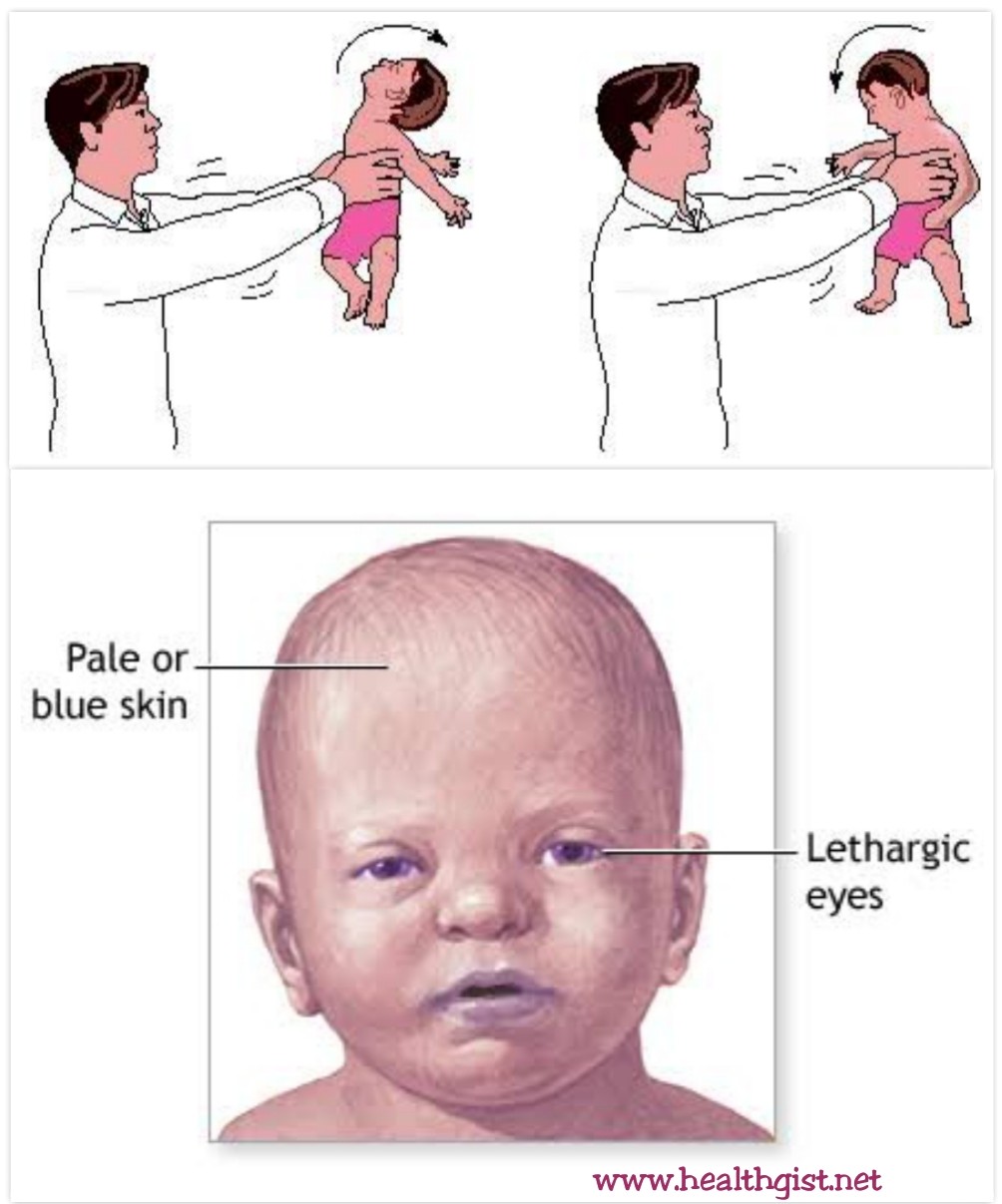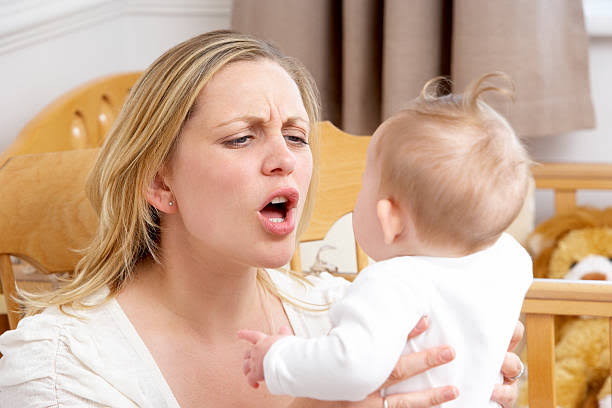Shaken baby syndrome also know as Abusive head trauma is a form of serious brain injury that occurs as a result of violently shaking a baby. It can be classified as a form of child abuse, however some parents and caregivers do not know what they are doing is wrong. Taking care of a baby can be very demanding, you have someone else to take care of asides yourself and this someone needs your maximum care and attention, sometimes, it’s when you think you finally have the time to get some rest that your baby starts to cry and refuses to be pacified and you just would like to try anything to make him or her stop crying even if it’s shaking the baby ( usually in annoyance) and this is why it is important to educate parents about shaken baby syndrome.
Parents or caregivers who are stressed, depressed, suffer domestic violence or have a history of maltreatment during childhood are more likely to violently shake their babies in a bid to pacify them. This shouldn’t be confused with bouncing or jiggling a baby when playing with them. Parents may not even Know the damage being inflicted on their babies as many children affected by this syndrome usually dies before it is diagnosed.
Diagnosis is difficult as there are usually no specific symptoms to show if your baby has this syndrome. The reason why babies develop this syndrome when they are shaken violently even if briefly is because their neck muscles are still too weak to support their head and so when you shake them, their head can move back and forth violently, thereby causing trauma in their brains.
Symptoms

Although this condition is hard to diagnose as the infant doesn’t show any physical symptoms but the three main symptoms observed in shaken baby syndrome are;
– Subdural haematoma ( bleeding in the brain which causes increase in pressure inside the skull and therefore compression and damage to brain tissues).
– Retinal bleed ( an eye condition whereby bleeding occurs in the retina which is the region of the eyes, where light entering the eyes is sent to the brain).
– Encephalopathy ( a series of disorders which causes brain damage if not treated).
These symptoms listed needs a medical diagnosis, without which you won’t even Know your child has this symptoms. But there are other symptoms which your child might show, though it should be noted that these symptoms might indicate another medical condition entirely and so it is always important to seek medical attention before making a diagnosis on your own. The symptoms includes;
– Pale skin ( for those that are light skinned).
– Poor eating and vomiting.
– Dilated pupils.
– Difficulty in breathing.
– Abnormal increase in head size ( due to increased intracranial pressure).
– Bulging fontanelle ( the fontanelle is that soft hollow region on your baby’s head).
– Seizures.
– Coma.
Treatment and Prevention
The symptoms can be treated but even when treated, only few infants fully recover from this syndrome. Some die before it is even diagnosed and some live with lifelong neurological conditions like seizures, late development ( physically and mentally), learning problems, behavioural problems, loss of vision ( which could be partial or complete loss), cerebral palsy ( a group of disorders that affects movement and can lead to several other complications like intellectual problems).
After reading the above complications , no parent would want their child to develop this syndrome and so the question is how do I prevent it?
 Sometimes your infant may cry so much and refuse to be consoled without any obvious reason and this can be overwhelming for some people especially when you are exhausted both physically and mentally. If you are finding it hard to cope, it is better to seek help and advice on how best to pacify an infant also you might have to visit your paediatrician if your baby’s cries are constant and is affecting them health wise . If you have to place your child under a caregiver make sure they are instructed not to shake your baby violently and let them know the dangers of doing so.
Sometimes your infant may cry so much and refuse to be consoled without any obvious reason and this can be overwhelming for some people especially when you are exhausted both physically and mentally. If you are finding it hard to cope, it is better to seek help and advice on how best to pacify an infant also you might have to visit your paediatrician if your baby’s cries are constant and is affecting them health wise . If you have to place your child under a caregiver make sure they are instructed not to shake your baby violently and let them know the dangers of doing so.

Oyewole Ibukun is currently a Medical student of Olabisi Onabanjo University. She has a passion for seeking knowledge with a creative, detail oriented and analytical mindset.

